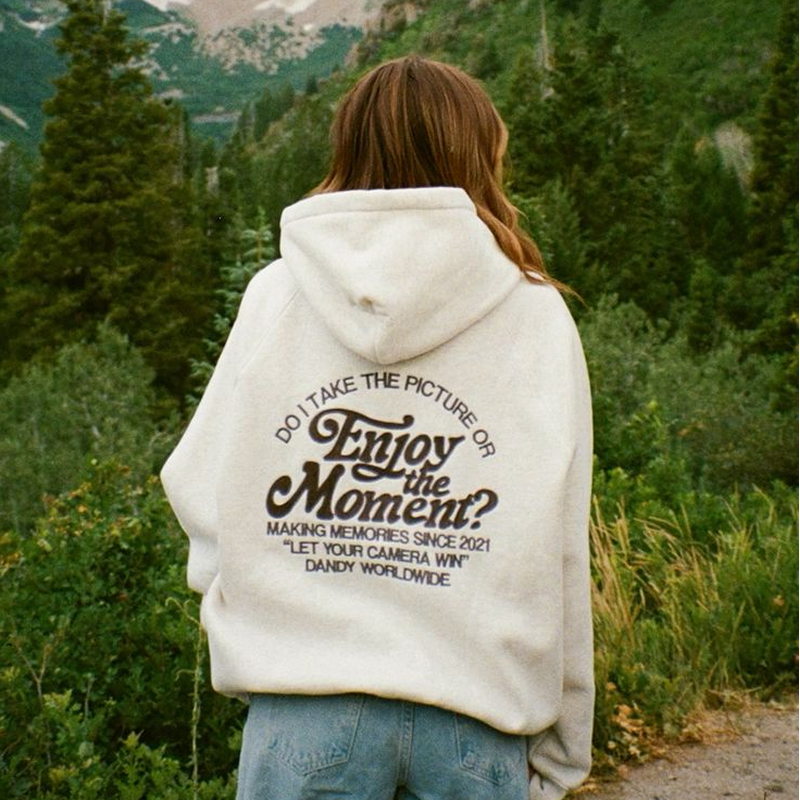Introduction
Few clothing items are as iconic, versatile, and omnipresent in film and media as the T-shirt and the hoodie. They are staples not because they are glamorous, but because they are real. These garments function as shorthand for personality, mood, and cultural archetypes. Whether it’s James Dean in a white tee, Mark Zuckerberg in his hoodie uniform, or a K-pop idol styling oversized graphics in a music video, these items carry symbolism that goes beyond fashion.
This essay explores how T-shirts and hoodies became cinematic and media tools—symbols of rebellion, intimacy, anonymity, and power. We will analyze their evolution across Hollywood classics, television dramas, anime, K-dramas, and even video games.
1. The White Tee: Birth of an Icon
The T-shirt’s cinematic dominance begins with James Dean in Rebel Without a Cause (1955). His plain white tee wasn’t just clothing—it became a cultural statement of youthful rebellion. Until then, T-shirts were considered underwear. Dean redefined them as outerwear with attitude.
This single image shaped decades of storytelling. The T-shirt became synonymous with authenticity, working-class grit, and unpolished masculinity. Later, actors like Marlon Brando and Bruce Springsteen reinforced this image, ensuring the tee’s place as a symbol of raw character.
2. The Graphic Tee: Voice of Youth Culture
By the 1970s and 80s, cinema adopted graphic tees to represent counterculture and individualism. Characters in teen comedies or punk films wore band tees, slogan shirts, or DIY prints.
- Fast Times at Ridgemont High (1982) used band tees to establish characters’ music tastes.
- Wayne’s World (1992) turned plain black band T-shirts into markers of subcultural identity.
- In many comedies, slogan tees (“I’m With Stupid,” etc.) became comedic devices.
The graphic tee in media represents voice without dialogue—a way for characters to declare allegiance, humor, or ideology instantly.
3. The Hoodie as a Symbol of Rebellion and Mystery
While T-shirts dominate in visibility, the hoodie carries heavier symbolism. Introduced as sportswear in the 1930s, the hoodie entered film as a rebellious garment.
- Rocky (1976): Rocky Balboa’s gray hoodie became shorthand for resilience and underdog grit.
- 8 Mile (2002): Eminem’s character hides under a hoodie, symbolizing both anonymity and protection.
- The Social Network (2010): Jesse Eisenberg’s portrayal of Zuckerberg in hoodies turned them into a symbol of tech disruption and anti-establishment genius.
At the same time, the hoodie has darker associations. Films often use it to signal danger, anonymity, or rebellion—characters in crime dramas, thrillers, and dystopian films frequently wear hoodies to hide or resist society.
4. The Hoodie in Television and Streaming Era
Television expanded the hoodie’s cultural language:
- Mr. Robot (2015): Rami Malek’s character, a hacker, uses a black hoodie as his armor. It conveys vulnerability, secrecy, and alienation.
- Breaking Bad: Jesse Pinkman’s oversized hoodies became synonymous with youth disillusionment and drug culture aesthetics.
- Teen dramas like Euphoria or 13 Reasons Why use hoodies as emotional shields, signaling trauma, comfort, or rebellion.
On streaming platforms, hoodies became default wardrobes for anti-heroes and outsiders, reinforcing their global cultural meaning.
5. T-Shirts and Hoodies in Asian Cinema and K-Drama
Asian media, particularly K-drama and anime, gave these garments new dimensions.
- K-Drama:
- Protagonists often wear hoodies in emotional or intimate scenes, representing vulnerability and comfort.
- Oversized graphic tees are styled for casual romantic aesthetics—youthful, innocent, yet modern.
- Idols turned actors (e.g., from BTS or BLACKPINK) blur the line between media costume and merch fashion, fueling real-life sales.
- Anime:
- Characters in slice-of-life anime often wear plain tees, reinforcing relatability.
- Hoodies in anime signal introversion (e.g., quiet high school characters), but can also be tools of transformation in shonen battles.
These garments resonate globally because they are relatable. Unlike fantasy costumes or high fashion, tees and hoodies cross cultures easily.
6. The Gendered Aesthetics of Tees and Hoodies
Film and media also play with gender dynamics through these garments.
- On men: the tee emphasizes simplicity and strength; the hoodie suggests rebellion or comfort.
- On women: oversized hoodies in K-dramas or rom-coms evoke intimacy, often tied to “borrowed boyfriend hoodie” tropes.
- Unisex power: both garments are increasingly portrayed as gender-neutral, aligning with modern pushes for equality and fluid fashion.
This versatility keeps them cinematic staples, allowing directors to tell stories without words.
7. Music Videos and Pop Culture Amplification
Beyond movies and TV, music videos amplify hoodie and T-shirt culture:
- Hip-hop videos often use hoodies to express street authenticity.
- Pop stars like Ariana Grande popularized oversized hoodies as dresses.
- K-pop videos (BTS’s “DNA,” BLACKPINK’s “Kill This Love”) incorporate graphic tees and hoodies as part of their global fashion arsenal.
These visuals extend their cinematic symbolism into daily fashion trends worldwide.
8. The Video Game Dimension
In gaming, avatars often wear T-shirts and hoodies as default skins. Games like The Sims or Grand Theft Auto emphasize realism with these items, while esports players often release branded hoodies as merch.
The hoodie, in particular, aligns with gaming’s identity: immersive, slightly rebellious, comfortable, and tied to digital youth culture.
9. The Lasting Symbolism
So why are these garments so effective on screen?
- Universality: everyone owns them, making characters relatable.
- Symbolism: tees = honesty, rebellion, humor; hoodies = secrecy, resilience, comfort.
- Emotional layering: directors use them to reveal or conceal emotions without dialogue.
Conclusion
The T-shirt and hoodie are not just clothes in film and media—they are visual metaphors. They communicate rebellion, intimacy, alienation, authenticity, or comfort without needing exposition. From Hollywood classics to K-dramas, from anime to music videos, they remain timeless storytelling tools.
As media evolves, the hoodie and tee will continue to shape character identity. They are not costumes but canvases—blank yet loaded with cultural meaning. In every new generation of film, TV, and pop culture, we’ll see them again: simple garments with infinite narrative power.



